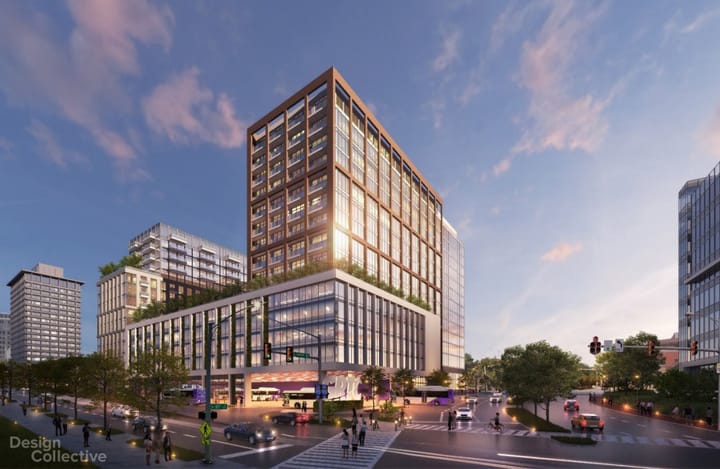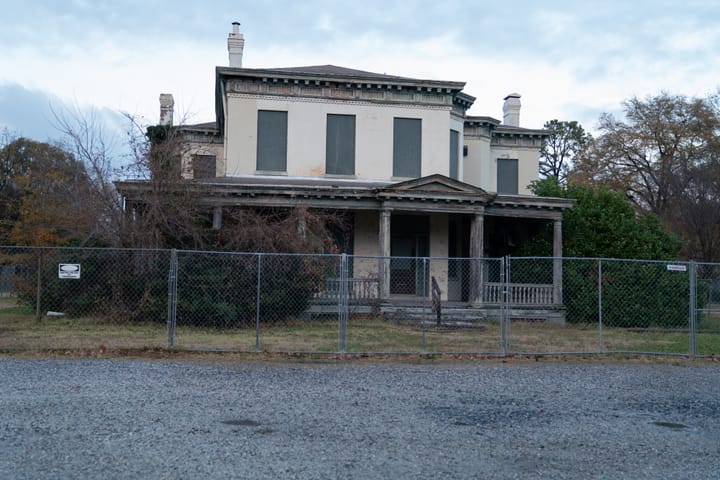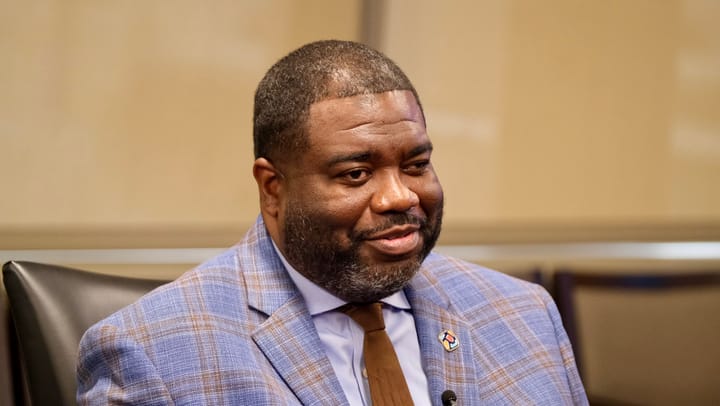Group proposing indoor tennis facility offers alternate plan, but school parents remain hesitant

Four months after the Richmond School Board expressed skepticism towards a group’s proposal to create a $15-$20 million indoor tennis facility on school property, the group made its case in front of community members last Thursday evening.
Second Serve RVA, a newly created local tennis foundation, met with local parents and residents during a town hall at Lois Harrison-Jones Elementary School, on whose property the group is asking to build the facility.
The moments leading up to the meeting had been tense, as Museum District residents have been vocal about their opposition to the proposal – so much so that community members have since created a petition objecting to the facility, highlighting potential environmental impact, the size and scale of the building, maintenance responsibility and funding as concerns.

Before the meeting began, school principal Nicholas LeReche told audience members that the LHJ was once deemed the “John B. Cary Model School,” because students attending the school were 50% white and 50% Black when it integrated decades ago, becoming a model for what integrated schools should look like.
“That history lesson I learned stuck with me, and I will remember it because I think we can be a model community, and we are a model community, in so many other ways and in so many other spaces and places,” he told attendees.
In July this year, members of Second Serve RVA requested that RPS be the landlord of an eight-court indoor tennis complex that would be privately funded. The facility would be the home of the Black Tennis Hall of Fame and Richmond Tennis Hall of Fame, both partners of Second Serve RVA. The group also offered to refurbish the tennis courts of nine different Richmond schools.
Board members shared concerns of safety, cost and upkeep, which Vice Chair Matthew Percival reiterated at Thursday’s town hall meeting.
“I know that Second Serve has offered to – I've heard it a number of times – fix the courts, but that's at one time,” he said, arguing that the group should use the money to simply maintain the tennis courts RPS has indefinitely rather than once. “RPS doesn't need a fish. We need to be able to fish.”
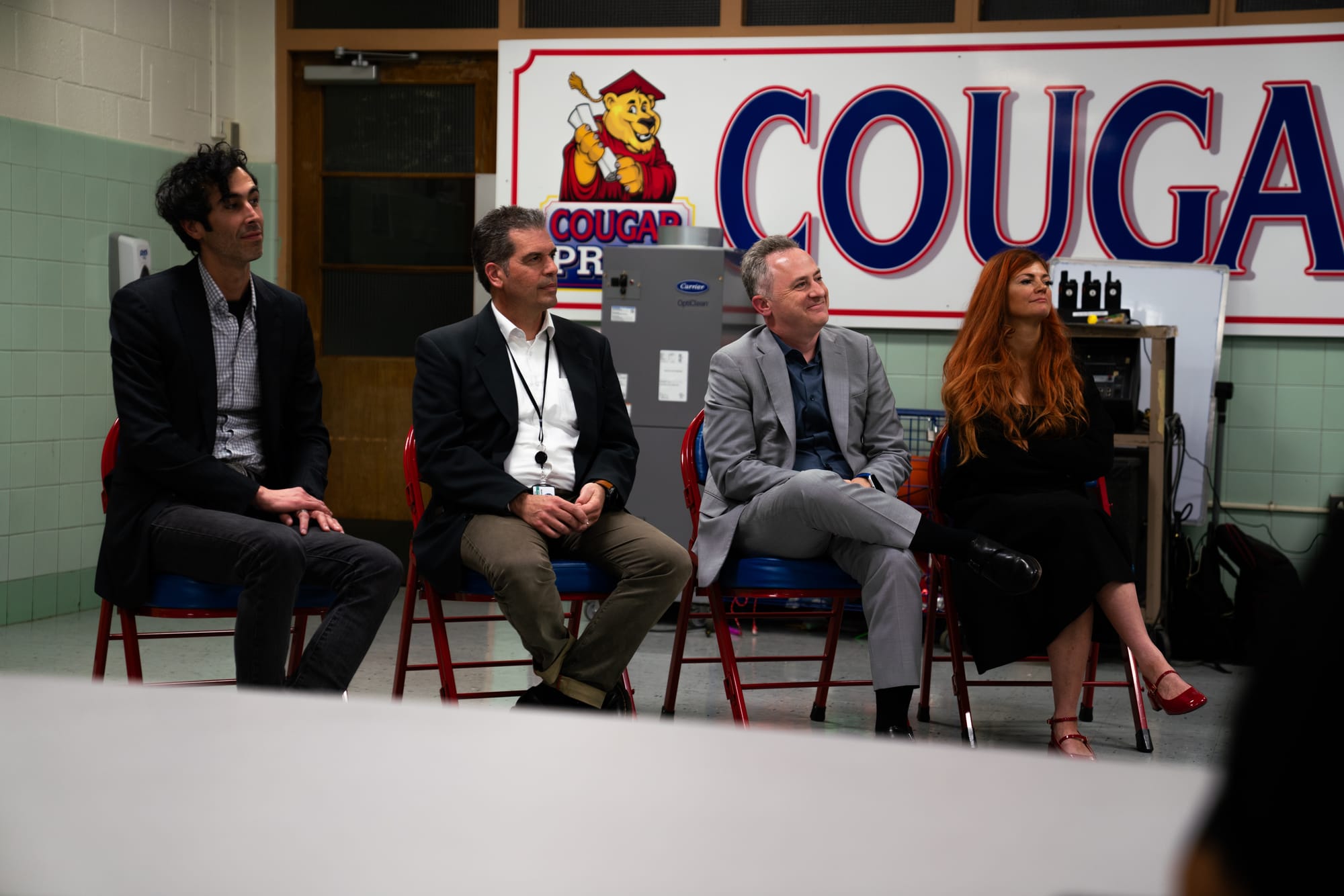
Members of the Facility and Vacant Property Committee said the proposal was unlikely to move forward during an August meeting, adding that community support has been minimal.
Before the meeting, Second Serve said it has heard those concerns. That led the group to present a new proposed site that restricts the number of parking spaces, and put up a fence between the proposed building and the school. The group also agreed to build a multi-use soccer field across from the proposed facility.
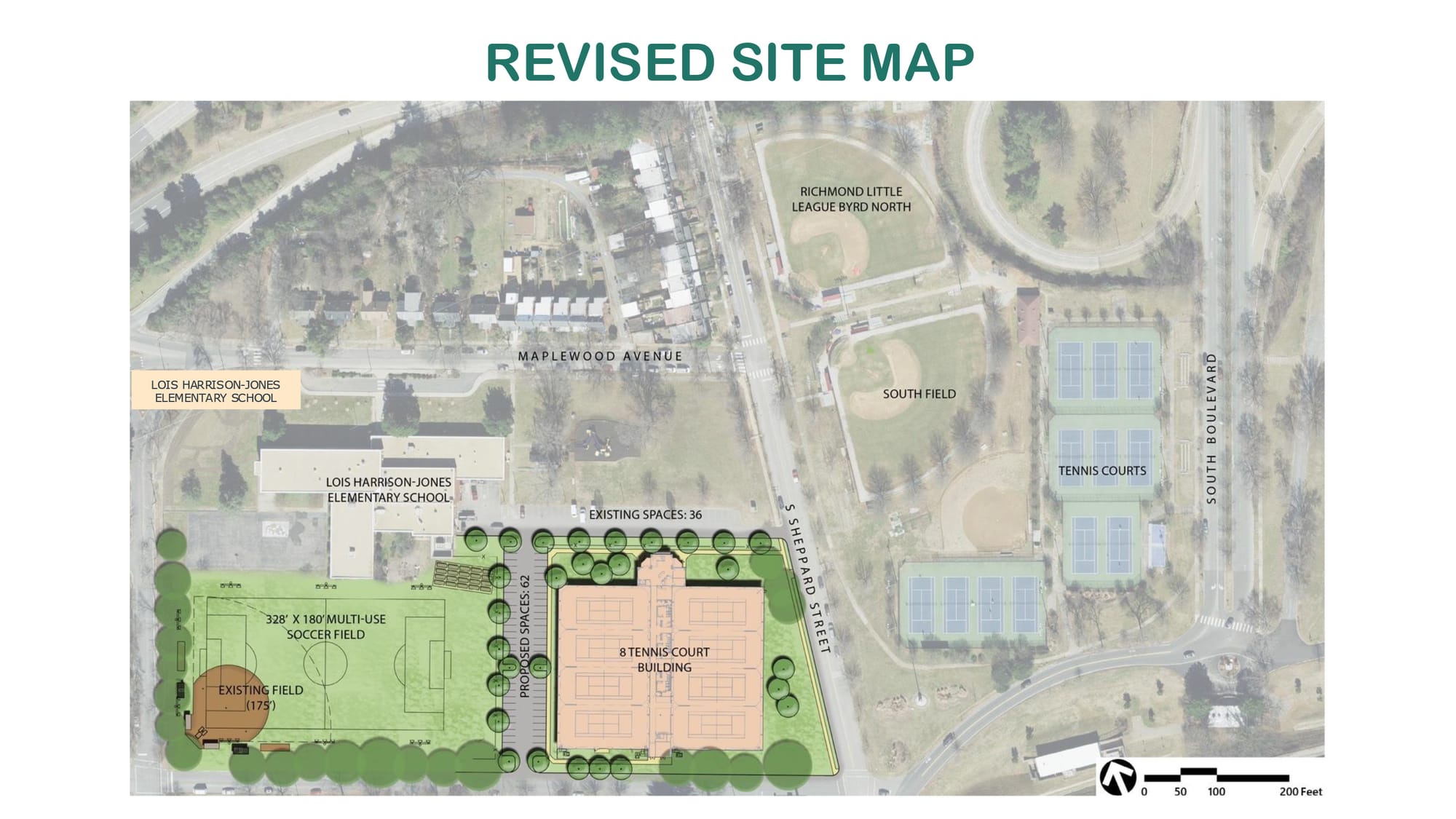
But for some, the new proposal still is not enough.
Caitlin Noe-Payne, a member of the school’s PTA and mother of a first-grader at LHJ, said that one of the reasons she was excited about bringing her child to the school was the green space available. She and other parents work on the school’s gardens for students and teachers, and the new map the group presented would still be “wiping out the half work we’re doing of making this green space available to the kids.” For that reason, she said, she’s still 80% against the proposal.
“I think their mission is amazing. I completely agree and understand the sentiment of, ‘we have to worry about all the students in RPS – it’s not just this school,’” she said. “What I want to know is, why do we have to trade benefits for one group of kids for another group of kids? Why can’t we talk about trading unused space, or business space, rather than trading kids? Why do one set of kids have to lose something? Can we get something so that all of the kids can benefit?”

A tense debate
The room on Thursday was split between opponents, largely LHJ parents, and supporters, including a number of families who participate in youth tennis programs.
“Our commitment to tennis and to being a good force in the community – it's not about interrupting your lives,” said David Harris Jr., nephew of the late tennis legend Arthur Ashe. “It's about enhancing our lives – enhancing the lives of our children.”
Irv Cantor, president-elect of the Richmond Tennis Association, said the facility would help provide access to many underprivileged kids who normally aren’t able to play the game. The building would allow kids in existing tennis programs – and future students – to be able to play the sport all year round, compared to having to stop activities when it rains or snows.
“Richmond has such a tremendous tennis history,” Cantor said. “It's one of the only tennis centers in the United States that doesn't have a public indoor facility. And that's crazy – home of Arthur Ashe.”
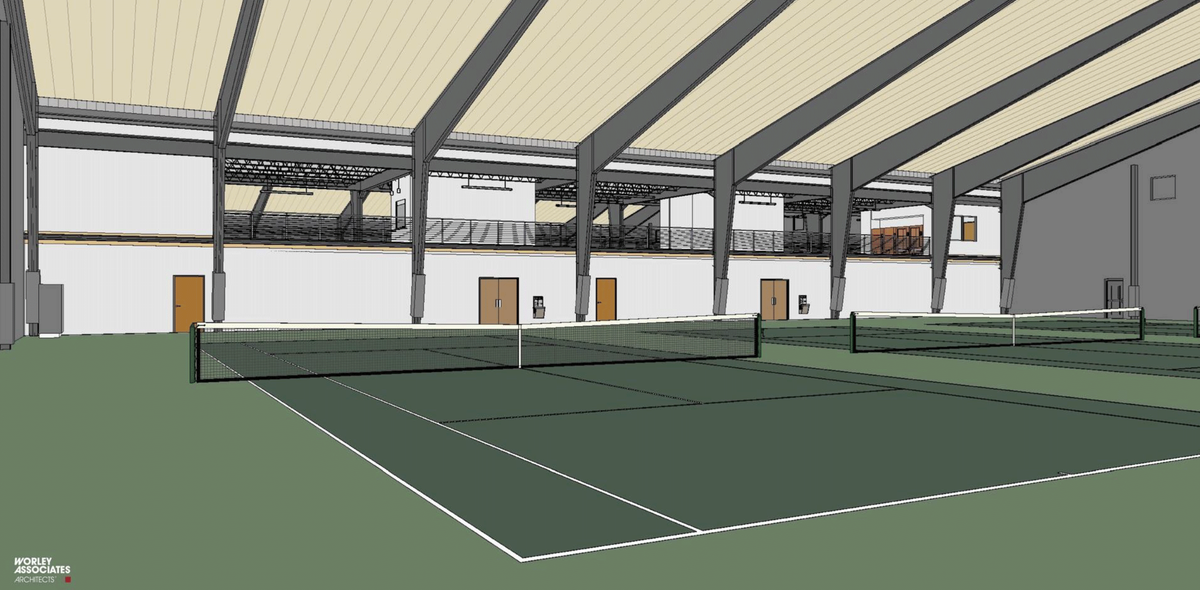
He added that RPS doesn’t have any high school tennis teams, and the last time a Richmond high school team won the state tennis championship was when he was a senior at Thomas Jefferson High School. Cantor is 72 years old.
The group and supporters also emphasized the benefits of the sport for children, saying that it has helped students stay out of trouble.
“I was the kid who people say, ‘You’re going to end up in jail.’ Then someone introduced me to tennis,” said George Banks, a Richmond police officer and a coach of Rising Stars Tennis Academy, a program through the Richmond Tennis Association for inner-city youth. “Believe me, I want to build one of these facilities in Battery Park, in Church Hill, and in the East End. You're just the first. But we have to start somewhere.”
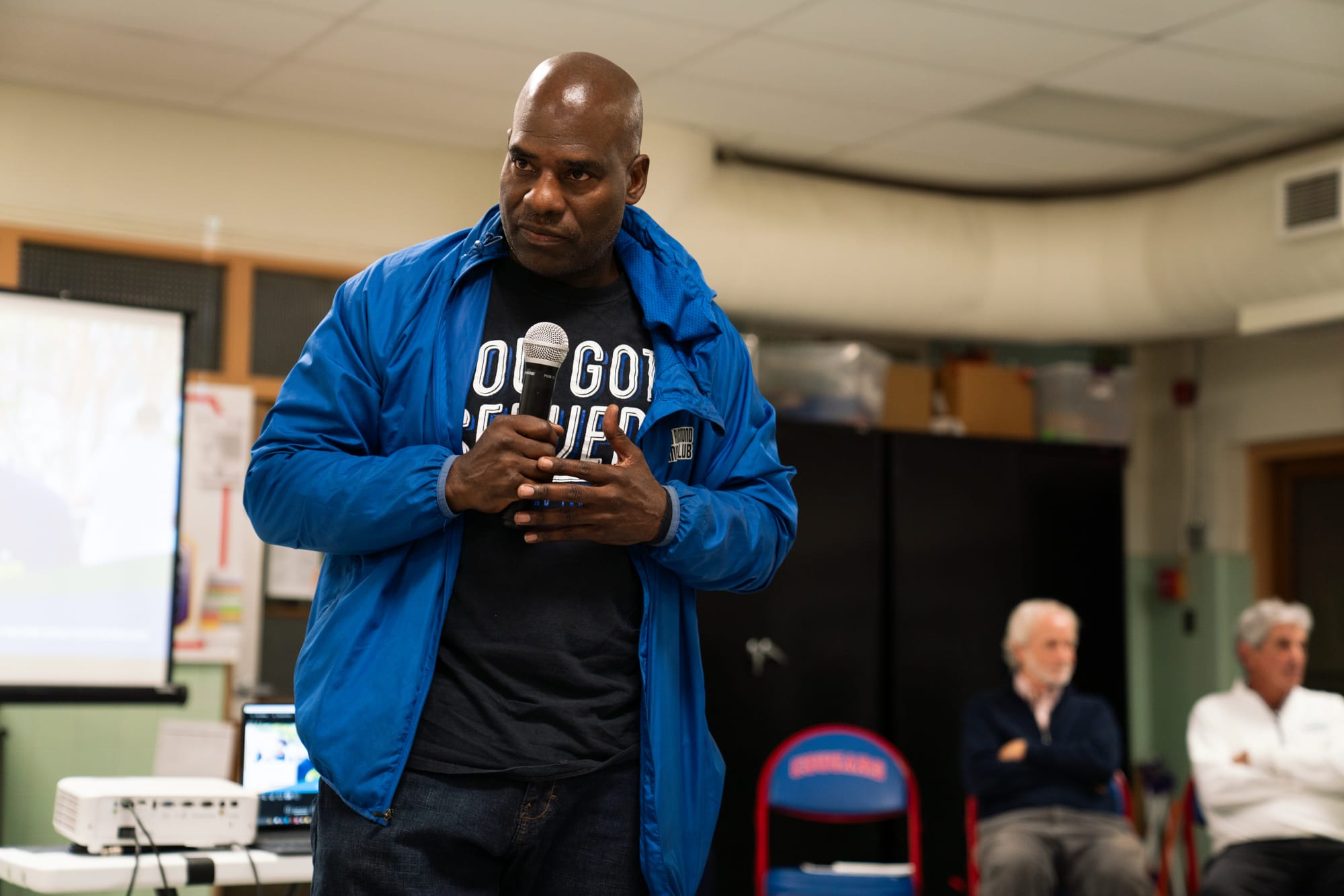
But those on the opposing side didn’t seem to budge.
Through written index cards that were read aloud by LeReche, attendees asked the speakers, a group that included Superintendent Jason Kamras, multiple questions, varying from how students will be transported, the city’s involvement, traffic, safety and funding.
While members attempted to answer questions, members of the LHJ community pushed back, saying that the group has not provided enough data and information of how it is going to work.
“We need an entire feasibility study. For everything!” called out Mike Perschbacher, a resident of the area, during the meeting. He later told The Richmonder that he believes the group’s idea is a great one, and would like to see the facility built at the school if the group can provide more details on its operations.
“It sounds very sketched out based on passion, which is great, but that doesn’t mean it’ll be supported for 50 years,” he said.
Some were honest about not wanting the facility at the school at all.
At one point, Councilor Stephanie Lynch (5th District) briefly halted the Q&A session to “level set” and help the group understand the neighborhood’s worries and the additional information it needs to provide, like the feasibility study, budget and survey, which she said she will spearhead.
She later asked parents if they want the tennis facility to be built at the school. The crowd began to mumble.
“I don’t know if I want this,” said one person.
“If the city is supportive of it, they could come up with other options for locations as well,” said another.
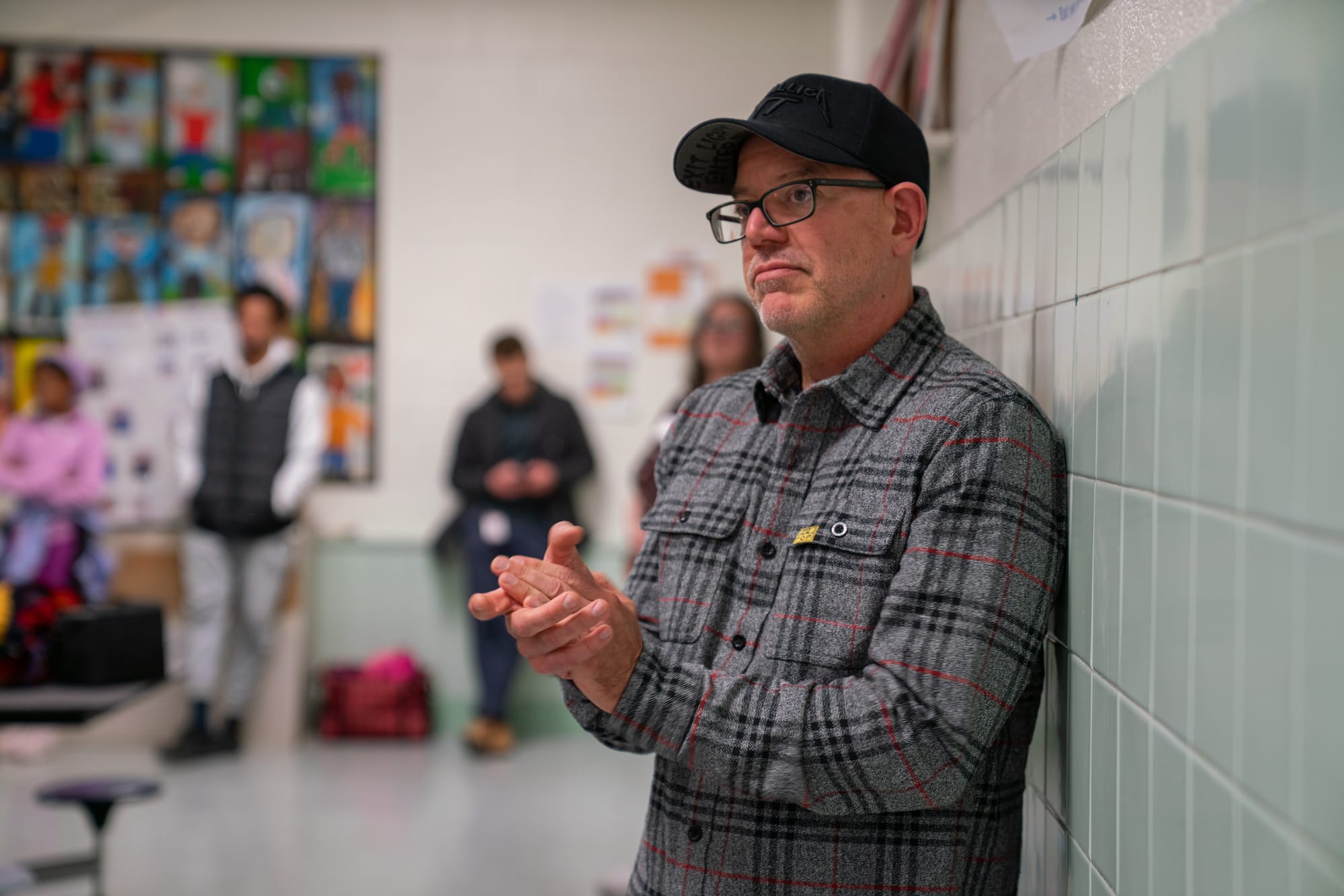
Conversations got a little heated during the meeting, resulting in LeReche returning to the Q&A format.
“I think we are all here for the benefit of our students, our children, and our community,” he told attendees. “Whether or not we agree on how that occurs, we can't allow this to evolve into uncomfortable or tense exchanges that cause some people to not want to come to the table.”
Lynch and Lawson Wijesooriya – chief of staff to Mayor Danny Avula – acknowledged that a lot more work is left for the group to do before it can move forward with the proposal.
Wijesooriya told attendees that she grew up playing tennis “in a privileged and exclusive environment,” before moving to Richmond, where she said tennis was played by everyone.
“The accessibility and the diverse racial diversity and socioeconomic diversity in our tennis community is not everywhere,” she said.
Cantor said he thought the meeting was fair, as his group and residents had “a fair exchange” of thoughts on the matter. After listening to concerns, the group is now looking at other potential sites that the facility could be at, and finding ways to minimize traffic flow if they proceed to ask for the site being at LHJ.
Despite the concerns and pushback, the tennis group doesn’t seem to be giving up the idea any time soon, as they expressed eagerness to continue working with RPS and the city on the idea.
Contact Reporter Victoria A. Ifatusin at vifatusin@richmonder.org



